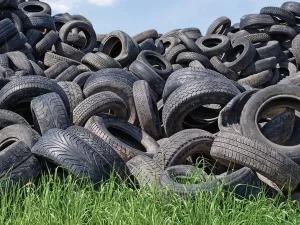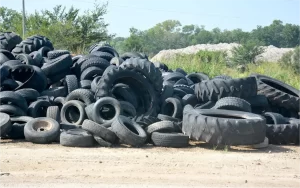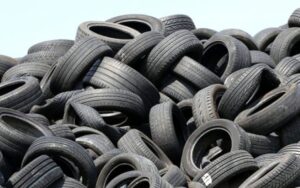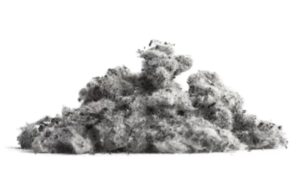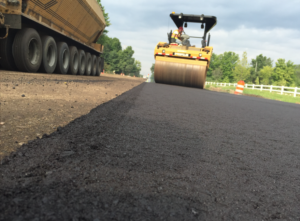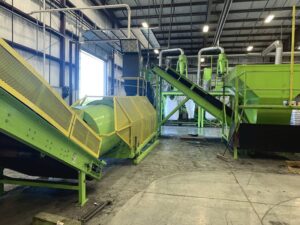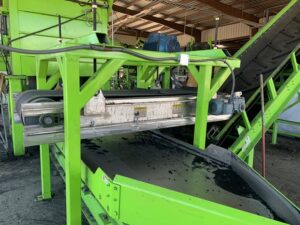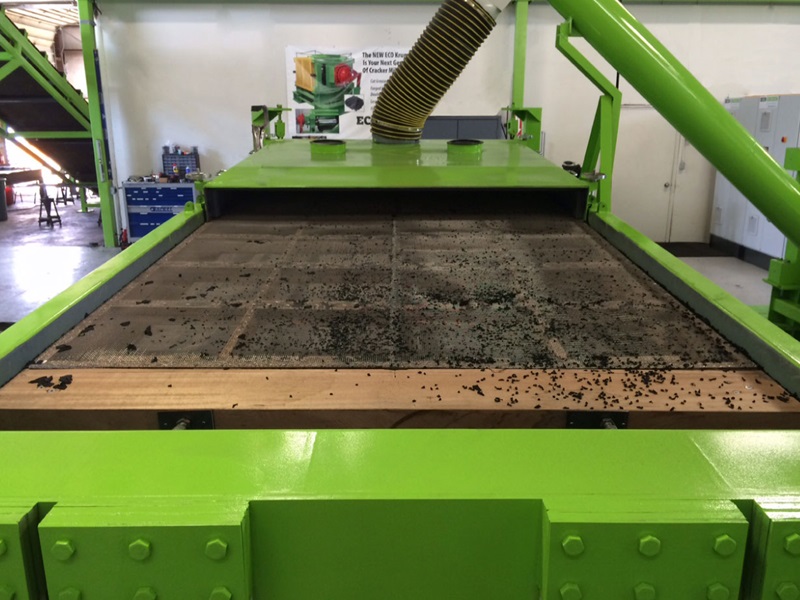
Tire recycling stands out as a relatively straightforward process compared to recycling other materials. Initially, the basic method involves shredding tires into pieces for utilization as tire-derived fuel. The complexity increases when generating crumb rubber or rubber powder. Nonetheless, the central part of the process revolves around end-of-life tires undergoing various stages, including tire cutting, grinding, and screening. Even for the production of tire-derived fuel, a tire shredder and screening are essential to ensure the shredded material aligns with industry standards.
If you’ve ever contemplated establishing your tire recycling plant, this blog aims to provide insights into the available screens for tire recyclers, outlining the fundamental pros and cons of each type and highlighting their applications in the tire recycling process. While various screening options exist beyond those mentioned, the ones presented are the most prevalent and beneficial within the tire recycling industry.
1. Trommel Screens
Trommel screens, cylindrical devices with perforated screens that rotate, play a crucial role in separating materials by size. In tire recycling, these screens are predominantly employed in the initial stages to eliminate large debris and size-reduce tire shreds into more manageable pieces.
Advantages:
- Efficient removal of oversized items, such as steel belts and sizable tire chunks.
- Requires minimal maintenance.
Disadvantages:
- Limited fine screening capabilities, potentially leading to some rubber pieces being larger than desired.
- Prone to clogging when handling wet or sticky materials.
Application: Trommel screens find common usage immediately after the initial rough tire cutting, preparing tires for subsequent processing in a tire shredder.
2. Vibrating Screens
Vibrating screens are comprised of a vibrating surface featuring varying-sized holes or mesh, allowing smaller particles to pass through while retaining larger ones. These versatile screens are employed across various industries.
Advantages:
- Effectively separates rubber granules from finer contaminants like dust and textile fibers.
- Highly customizable based on mesh size and amplitude.
- Applicable in both wet and dry environments.
Disadvantages:
- Requires regular maintenance to prevent clogging or wear and tear.
- Struggles to handle large pieces of tire material.
Application: Vibrating screens are frequently utilized post-tire shredding to segregate rubber granules from foreign materials and dust.
3. Magnetic Screens
Magnetic screens may sound sophisticated, but in practice, they are quite straightforward. Large magnets attract and separate metal materials such as steel wires from rubber particles.
Advantages:
- Highly efficient in removing steel wires and other contaminants like nails and bolts.
- Low maintenance as there are no moving parts.
- Increases the value of recycled rubber by removing valuable metals.
Disadvantages:
- Only useful for removing metal contaminants.
Application: Magnetic screens are typically positioned in tire recycling lines after the initial shredding process to recover steel wires for resale. Nearly all tire recycling plants incorporate these screens since tires are reinforced with steel wires to enhance their longevity on the road.
4. Air Classifiers
Air classifiers utilize air currents to segregate materials based on density, size, and shape. Operating in a vertical cylinder with an uprising draft of air, these classifiers propel light particles out the top while allowing denser pieces to sink. They prove effective in generating high-quality rubber granules.
Advantages:
- Precise separation of rubber granules based on size and density.
- Effective removal of fine contaminants like dust and textile fibers.
Disadvantages:
- Initial setup and maintenance can be expensive.
- Energy-intensive process, which can increase operational costs.
Application: Air classifiers are frequently employed as a final step in tire recycling to yield fine, high-quality rubber granules suitable for various applications, such as rubberized asphalt or playground surfaces.
For those interested in observing these screening methods in action, videos online or tours of local tire recycling centers can provide valuable insights.
Why Screen?
Similar to strainers used for cooking pasta or drain covers on the street, screening equipment ensures that the end product of your system is devoid of contaminants. Employing quality control is essential to instill confidence in supplying clients with the high-quality product they expect.
Another advantage of screening lies in the ability to sell contaminants in tire rubber, such as nylon and metal, as a secondary source of income.
Conclusion
Innovation has introduced multiple cost-effective and efficient methods for separating rubber pieces. Each type of screen possesses unique advantages and disadvantages, rendering them suitable for specific applications within the tire recycling industry. Understanding the functions and characteristics of these screens is crucial for achieving sustainable and profitable tire recycling operations. Choosing the right screen for the right application maximizes material recovery while minimizing waste and environmental impact. In this way, manufacturing screens play a pivotal role in the tire recycling process.

